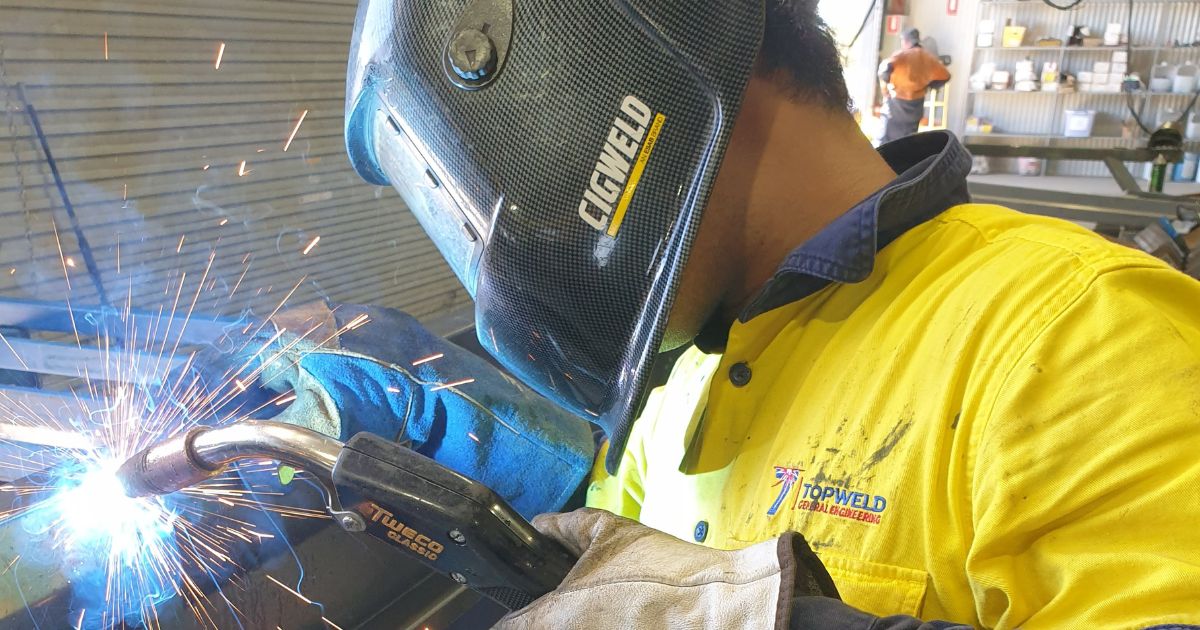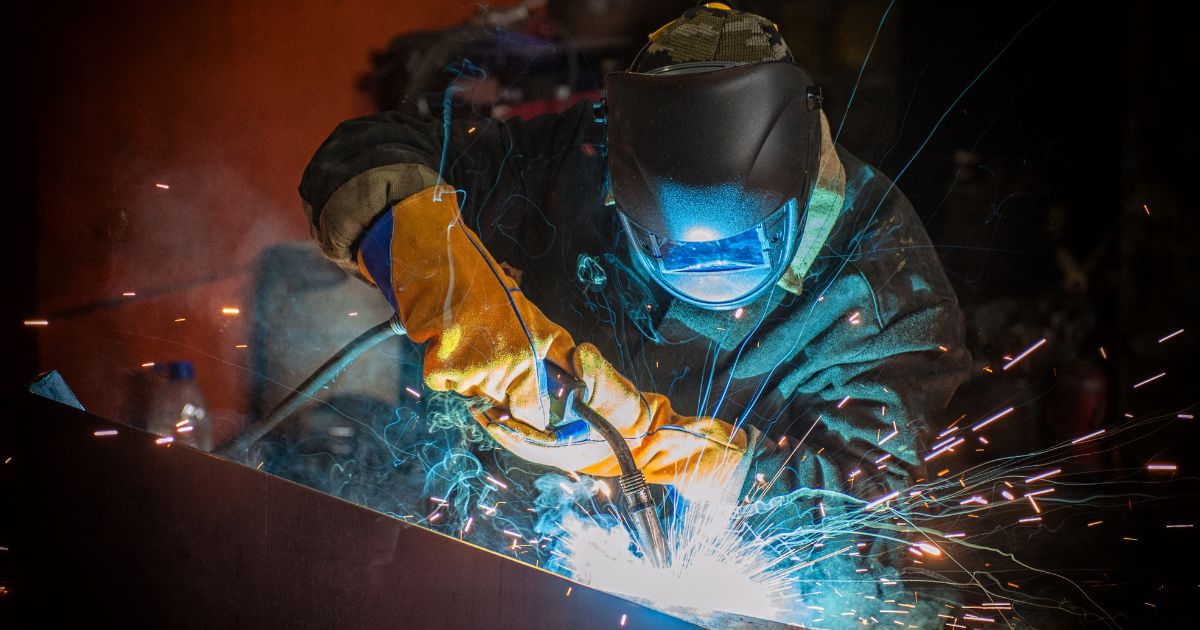Introduction
In custom metal fabrication, each project follows a clear set of stages that transform a concept into a finished, functional product. These stages are critical in ensuring the outcome is precise, durable, and compliant with Australian standards. Whether it’s a stainless steel tank for food processing, a structural steel frame, or a pressure vessel, the process involves careful planning, fabrication expertise, and rigorous testing. Broadly speaking, the stages include design and drawing review, fabrication and welding, finishing, and installation — each with its own requirements and compliance measures. Let’s take a closer look.
Misconception 1: All Fabrication Companies Are the Same
A common misconception is that every fabrication company offers the same services and delivers the same quality. In truth, no two shops are alike. Some specialise in structural steel, while others focus on stainless steel tanks, food-grade equipment, or pressure vessels.
Topweld, for example, provides a wide range of services — from design and engineering through to fabrication, welding, installation, and ongoing maintenance. Our capabilities cover multiple industries including food and beverage, abattoirs, energy, and pharmaceuticals. What sets us apart is not only our expertise but also our commitment to national safety standards and compliance requirements, ensuring every project is delivered to the highest benchmark.
Misconception 2: Fabrication Is Just Cutting and Welding
Many people think fabrication simply involves cutting metal and welding it together. While those processes are essential, they represent only part of the picture. Custom fabrication involves:
- Design review and engineering to ensure functionality and safety.
- Material selection based on strength, durability, and environmental factors.
- Forming, machining, and assembly using specialised equipment.
- Surface finishing like polishing, galvanising, or coating.
- Quality assurance and testing before delivery.
Each step requires skilled tradespeople, advanced equipment, and careful oversight. This structured approach guarantees not only durability of the finished product but also compliance with Australian safety regulations.
Misconception 3: Compliance Is Optional
Another misconception is that compliance with regulations is optional or only relevant to large projects. In reality, compliance is mandatory, regardless of project size. Australian guidelines and safety regulations exist to protect workers, clients, and end users.
Non-compliance can lead to safety hazards, costly rework, and even legal consequences. At Topweld, compliance is built into every stage — from drafting project specifications to final testing and certification. Clients can have peace of mind knowing their project is completed to the highest professional standards.
Misconception 4: Custom Fabrication Is Always Expensive
While custom fabrication can sometimes cost more than off-the-shelf products, it often provides better long-term value. Custom solutions are tailored to exact specifications, which means they fit seamlessly, perform better, and last longer. This reduces downtime, maintenance costs, and premature replacement.
Topweld also works closely with clients to find cost-effective solutions without compromising quality. By optimising material use, reducing waste, and streamlining processes, we deliver projects that are both budget-conscious and compliant.
Misconception 5: Projects Can Be Completed Overnight
Fabrication projects are often perceived as quick jobs, but in reality, the timeline depends on the complexity of the design, compliance requirements, and finishing processes. Rushing through fabrication increases the risk of defects, failed inspections, and costly delays later.
At Topweld, timelines are set based on realistic assessments of the scope of work, ensuring projects are delivered on time and to the highest standard. Our structured workflow — from design to testing — is designed to meet client deadlines while maintaining quality and compliance.
Conclusion
Custom metal fabrication is far more than simply cutting and welding steel. It is a structured, compliance-driven process that combines engineering, craftsmanship, and industry expertise. By debunking these common misconceptions, clients can better appreciate the value of working with a professional fabrication company.
At Topweld General Engineering, we pride ourselves on delivering precision-engineered solutions that meet both client needs and Australian regulations. Whether you need a custom stainless steel tank, a structural steel framework, or ongoing industrial maintenance, we’re here to provide reliable, compliant, and cost-effective results.


